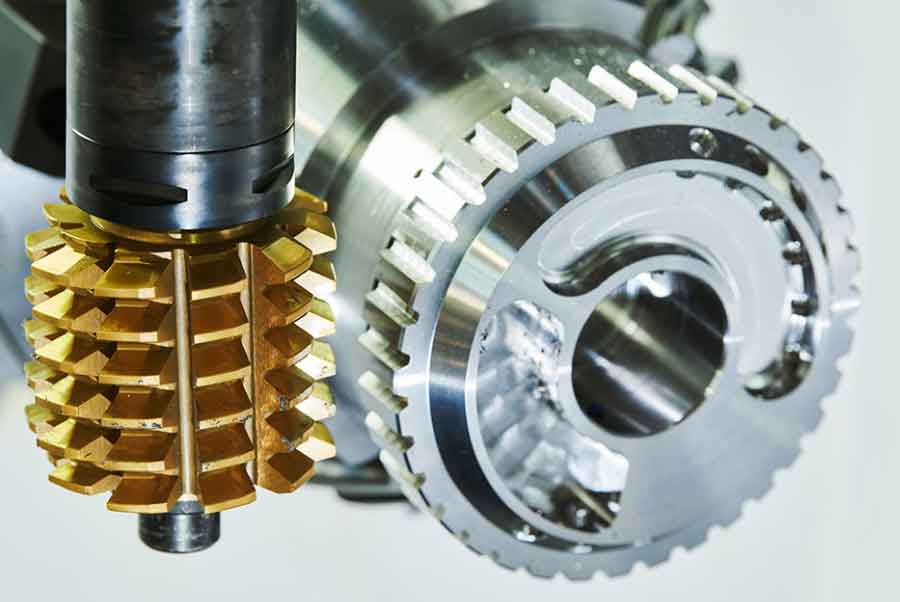
Gear hobbing is a machining process used to create complex gears with precision. It is a versatile and widely employed method for manufacturing gears in various industries, including automotive, aerospace, and machinery. The art of gear hobbing involves several steps and requires specialized equipment. Let’s explore the process in more detail.
Gear Hobbing Machine:
Gear hobbing is typically performed using a gear hobbing machine. This machine consists of a rotating hob (cutting tool) and a stationary workpiece. The hob has a series of cutting teeth that progressively cut into the workpiece to create the gear teeth.
Workpiece Setup:
The workpiece, which is usually a cylindrical or disk-shaped component made of a metal such as steel, is mounted on the gear hobbing machine. It is essential to secure the workpiece firmly to ensure precise and accurate gear cutting.
Hob Selection:
The hob is chosen based on the desired gear specifications, such as the gear type (spur, helical, worm, etc.), number of teeth, module (pitch), and pressure angle. Hobs are available in various sizes and shapes to accommodate different gear configurations.
Hob and Workpiece Alignment:
The hob and workpiece must be precisely aligned to ensure accurate gear cutting. This alignment involves setting the hob at the correct angle relative to the workpiece axis and positioning it at the appropriate distance from the workpiece.
Cutting Process:
Once the setup is complete, the gear hobbing machine is engaged, and the cutting process begins. The hob rotates at a specific speed and feeds into the workpiece, cutting into the material to create the gear teeth. The hob’s rotation and the workpiece’s rotational movement (controlled by the machine) determine the gear’s pitch and the number of teeth.
Indexing:
During gear hobbing, the workpiece is incrementally rotated after each cut to create additional gear teeth. This process is called indexing. The indexing mechanism in the gear hobbing machine ensures precise rotation, allowing for the accurate spacing of the gear teeth.
Finishing Operations:
After the gear teeth are cut, additional operations may be performed to refine the gear’s surface finish and improve its performance. These operations can include deburring, chamfering, and heat treatment processes such as carburizing or nitriding to enhance the gear’s hardness and wear resistance.
Quality Control:
Gear hobbing requires tight tolerances and precise measurements. Quality control measures, such as inspecting gear dimensions, tooth profiles, and surface finish, are conducted using specialized equipment like coordinate measuring machines (CMMs) or gear analyzers. This ensures that the manufactured gears meet the required specifications and functional requirements.
Gear hobbing is a highly efficient and cost-effective method for producing gears with excellent precision and strength. The process allows for the creation of a wide range of gear types and sizes, making it suitable for diverse industrial applications.
